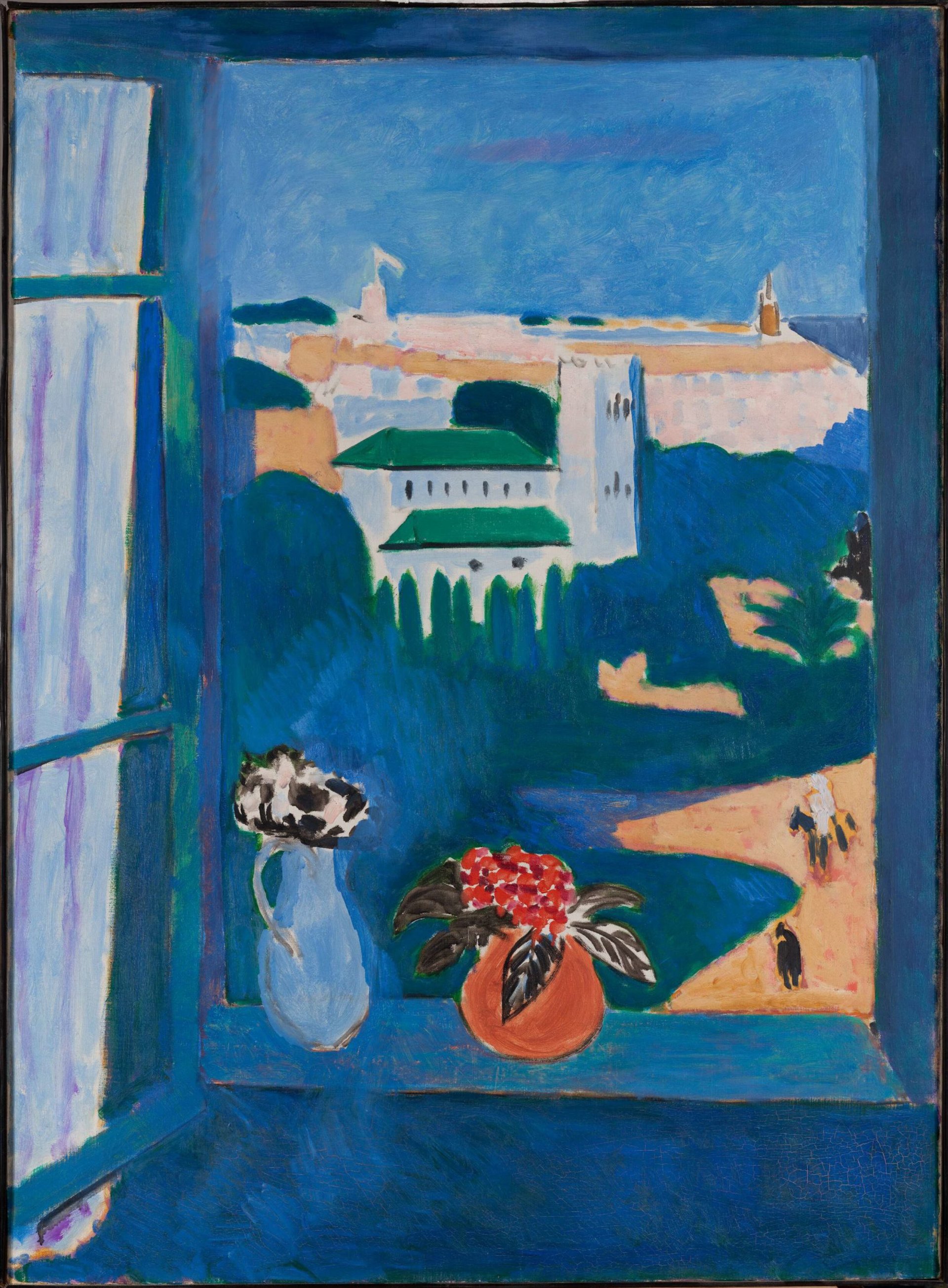Rain, insomnia and finding a model: how Morocco challenged and changed Matisse
When Henri Matisse headed to Morocco in the winter of 1912, he was at a particularly low ebb. “It was crunch time for him,” says Jeff Koehler, the author of Matisse in Morocco: A Journey of Light and Colour. “He was 42, mid-career, and yet to find lasting success. He had fallen from vanguard leader after exploding onto the scene with the Fauves in 1905. He’d lost patrons, critics, support. He needed to work, and he needed to work well. So, on almost a whim, he headed for Tangier and its sumptuous light.”
Koehler documents the impact the country made on the artist during two trips from January to April 1912 and October 1912 to February 1913. Both times Matisse stayed at the legendary Grand Hotel Villa de France, producing more than 20 paintings despite facing challenges such as “rain, insomnia, depression and finding models”, Koehler says.
Matisse’s Tangier trips were driven by a number of key factors; commissions from two important Russian collectors, Sergei Shchukin and Ivan Morozov, helped justify the trip, for instance. The weather was terrible at first but when it cleared he sought a place to paint two landscapes commissioned by Morozov (during the second trip, Matisse painted The Moroccan Triptych—Landscape Viewed from a Window, Zorah on the Terrace and The Kasbah Gate, 1912-13—for Morozov).
Villa Brooks, a vast estate owned by a wealthy Englishman, subsequently became a key location. Crucially Matisse was allowed to work in its private gardens undisturbed. “He spent about six weeks struggling on Moroccan Landscape (Acanthus) (1912) before quickly painting two others, the sinuous Periwinkles (Moroccan Garden) (1912) and the dazzling painting The Palm (1912),” Koehler says. “Compared to his earlier Fauve landscapes, these vibrant, sensual colours were exhaled in a spirit of delight as opposed to the urgent, throbbing shrieks of his Fauve paintings.”
Henri Matisse in 1913 Alvin Langdon Coburn Collection
Getting away from Paris and the dominance of Cubism and Picasso in order to find a way ahead with his art was a stronger impetus for escaping to Morocco, Koehler argues. “In Tangier, he could meditate in peace on his evolving influences, which included Islamic art. His interest in it had been developing for a dozen years, and he was primed for his arrival in Morocco, where such art was seamlessly integrated into the everyday—in carpets, tilework and carved wood ceilings.”
Koehler picks out some fascinating details such as four fingerprints at the bottom of View of the Bay of Tangier (1912-13), discovered during visits to the Musée de Grenoble, which owns the work. “One day I was upstairs in the museum offices going through archival documentation and found them marked on an annotated condition report,” Koehler says. “I went back down in the gallery and couldn’t believe I never noticed them across the bottom of the canvas. They were suddenly glaringly obvious.”
Matisse made the painting on an overlook just outside the Kasbah walls at the beginning of his first stay when the weather was still volatile. “I like to think that a squall caught him off guard, and he had to make a dash for his hotel,” Koehler says.

Matisse’s Landscape Viewed from a Window (1912)
Succession H. Matisse
Finding a female model
His practice also evolved during the second trip, which lasted over four months. “It culminated in Café marocain (1913), a shimmering, flattened tableau that radiates calm and drowsy contemplation,” Koehler says. “The ethereal blue that overwhelms the six figures seems to emanate from some place on the other side of reality. It was as far as he could go. When he finished, he booked tickets back to France.”
A key figure underpinning both of Matisse’s trips is Zorah, a young Moroccan woman who served as a model. If finding a male sitter was difficult in Morocco, a female one was virtually impossible at the time due to cultural taboos, Koehler says. Matisse was extremely lucky to have Zorah sit for him at the very end of his first stay, and the resulting Zorah in Yellow (1912) was the trip’s finest portrait, he argues.
“I find it fascinating how he depicted Zorah—an actual prostitute being painted between clients in a brothel—in almost holy imagery that’s sensual perhaps but certainly not sexual,” Koehler says. “She’s like the previous, virginal incarnation of the odalisques he painted in Nice in the 1920s.”
Koehler drew on a number of important sources, referring to correspondence between Matisse and the artist Georgette Agutte, who bought one of the Morocco paintings (View of the Bay of Tangier, 1912) and commissioned another (The Small Mulatto Woman, 1912). “I spent a lot of time reading period guidebooks and accounts by other travellers, going through microfilm of the local, twice-weekly newspaper, and with letters from people like the Australian painter Hilda Rix who resided at Matisse’s hotel for almost the exact period during his first stay,” Koehler adds.
Scholars should find plenty of new details in the analysis, observes Koehler, but he stresses also that he purposely wrote it to be enjoyed by the general reader: “At heart it is a really good story of a beloved artist who, at a point of high crisis, heads to Morocco to try to find a way forward, only to encounter plenty of obstacles.”
• Jeff Koehler, Matisse in Morocco: A Journey of Light and Colour, Pegasus Books, 336pp, $32 (hb)




